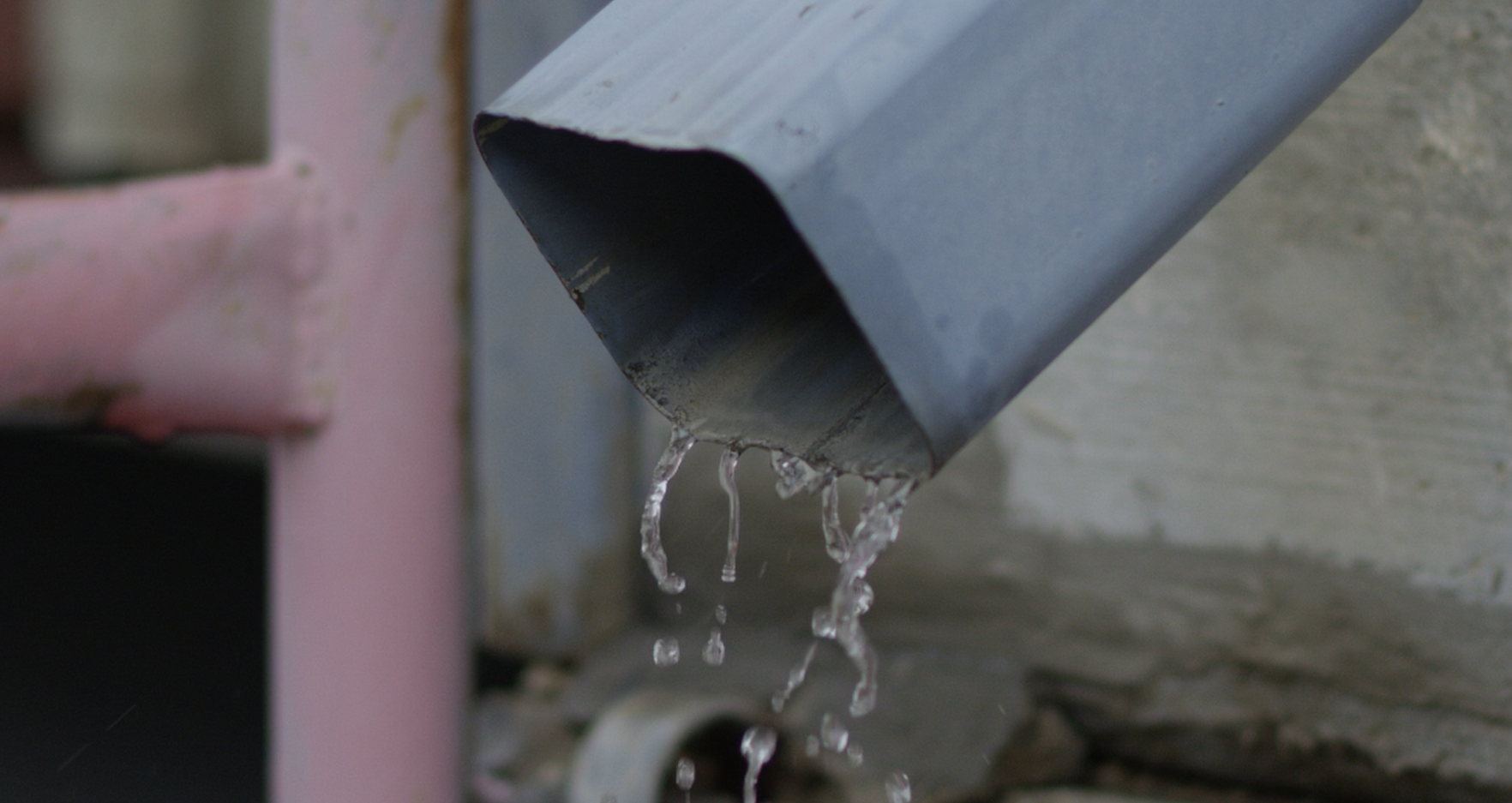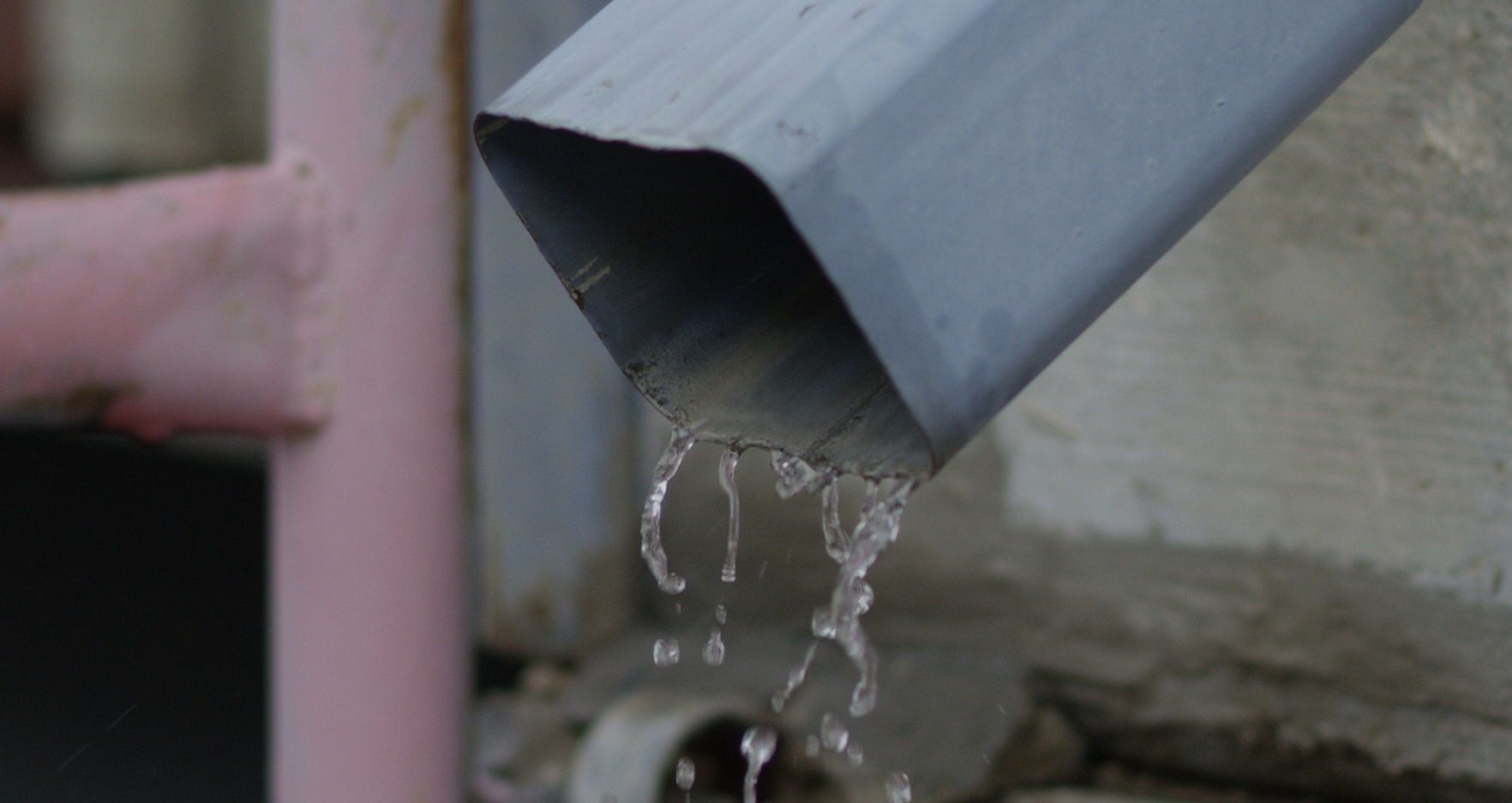YardFarmer's Rainwater Harvesting Webinar Q&A
Posted on May 09 2025,

At the end of April, we hosted RAINWATER HARVESTING 101, a webinar meant to acquaint begginer rainwater harvesters and eco-gardeners with the core concepts needed to use rainwater harvesting in your landscape (and have it actually work for you!)
We got many amazing questions during the webinar and we didn't have time to answer all of them that night; here's every question we received, with their detailed answers below!
WATCH OUR RAINWATER HARVESTING WEBINAR
If any of these questions don't quite make sense, I'd recommend watching the full webinar first. The rainwater harvesting webinar recording is still available for purchase (on a sliding scale!). After purchasing, you'll have the link forever to watch anytime!
RAINWATER HARVESTING QUESTIONS & ANSWERS
Q: How do you get water to the basins in the first place?
A: Make sure your basins are at least 10 feet away from your home to prevent flooding. You can use a simple downspout extension (corrugated black plastic, laid across the ground and pointed toward the downspout), or a buried drain pipe to direct the water. Using a hard PVC pipe is recommended to prevent damage/clogging, and you should consult a licensed professional if you’re ever unsure that what you’re doing is safe & effective. We go into detail for these strategies in the Q&A portion of our rainwater harvesting webinar[link here] if you’re interested in learning more.

You could also dig out shallow trenches that direct the water from downspouts to the basins. Keep in mind that whatever you do, you’ll need to slope it to allow gravity to do its magic!
Q: How do you know how big to make your swales to collect all that water off of your roof?
A: First, watch this video, in which we introduce you to the math required to calculate your property’s rainwater harvesting potential. [embed video]
You’ll need to know how much your 100-year storm events average for your area. Using that number is what will allow you to determine what capacity of water your swales will need to be able to capture. So, if your downspout is going to potentially capture 600 gallons of water during your 100-year storm event, you’ll need to prepare a basin that can hold that amount. Also, your soil conditions will determine how deep those basins will need to be, since clay soils and sandy soils drain at different speeds. If you have slow draining soil, you’ll need to make your basins are shallower in order to prevent standing water, so you may need to dig your basins longer and wider to make up for the lack of depth. We go into this more in our webinar if you’re unsure.
Q: Can you use something non-traditional, like a hot tub, to capture water?
A: Definitely! You’ll need to use the same methods to direct the water from your downspouts to the collection device, but you can use just about anything that can hold water to capture rain. Key factors to consider are: Can you make sure the vessel is light proof to prevent algae growth, and is the vessel easy enough to clean and maintain?
Q: Can you use captured rainwater for a drip irrigation system?
A: Yes, but you will likely need to use a pump to move water through those drip lines.
Q (Anait): if I have a steep slope that is already planted out with drought tolerant plants - would you recommend digging a swale before the slope at the top so it percolates down behind the slope?
A: Ensure at least 10 feet of distance between your swale and the steep part of your slope to avoid destabilizing the ground. A swale WOULD help stabilize the slope, make sure to berm up on each side of the swale. The alternating swales and berms will actually help slow down the flow of water during a storm.
If you can’t get 10 feet between your swale and the steeper part of the incline, you’ll probably need to use logs or other earthworks to help slow down the flow of water. Generally, you’ll want to avoid putting in a swale on a slope steeper than 20 degrees.
Q (Mandy): Can you do a fruit tree guild using a swale?
A: Absolutely! The trees would need to be on the berm of the swale, which would allow them to benefit the most from the water coming into the swale. Keep in mind that non-native trees would still probably need supplemental water above and beyond what the swale can provide, since non-natives aren’t adapted to the unique conditions of your yard!
Q (Jamie): What about if your house is downhill from your backyard?
A: This question is difficult to answer ubiquitously because every answer is different, but in general, better safe than sorry when it comes to water flow—you’ll want to have measures to protect your home/basement/foundation. This could look like a French drain to help direct the water away from the foundation of your house if major storm events send too much water there, or a sump pump in your basin to send water away from your home.
Q (Jocelyn): What is a good way to understand the slope of your yard if it looks flat?
A: You can use a laser level to check the slope, if any. If your yard is flat, you’ll need to manually create the grade that your basin is flowing in, though. Dig your basins as normal, just use a level to make sure your grade is in place. You can also bury drains in the ground.
Q (Rachel): do you manage the overflow of a basin placed along a fence line like that? How do you keep the overflow from going to the neighbors?
A: There may be situations where it’s appropriate to direct water to the neighbor’s house, especially if they’ve landscaped for the topography of your neighborhood. There could be situations where you DON’T want to direct your water, though, especially if their house is in the way of the water flow. Creative uses of berms, French drains, or swales dug on contour can help a lot.
Q (EnChante): Would it be acceptable to divert roof water to a garden, or does the roofing leach chemicals into the water you wouldn’t want watering your vegetables?
A: Asphalt shingle roofs are nasty and covered in dust, toxins, and more fun stuff. Putting a first-flush system in place will help trap the garbage from your roof before the rain gets directed to your plants. We don’t want to use potentially contaminated water on leafy vegetables. Fruiting plants would probably be fine, but please do your due diligence!
Q (Anait): Does the basin itself have to be sloped away from wherever the water is coming in so that it doesn’t just water one part of the basin?
A: Absolutely! Using appropriate grading will help ensure that gravity does its job and help direct your rainwater throughout your basin!

Q (Michelle): How long do we need to divert the water from the barrel/swells if the roof has been treated for moss?
A: Find out what the half-life of the chemical that was used to treat your roof, and double that. So if the half-life is 30 days, wait 60 days before using water from your treated roof!
Q (Mandy): Any considerations for northern California where we don't get rain for up to six months?
A: Rain barrels are going to help a lot in areas prone to drought. Planting native plants for your landscape is going to help a lot, too. Native plants are acclimated to YOUR growing conditions, so those plants are just going to go dormant when the water gets scarce. Using the most drought and heat tolerant plants for your landscaping needs may help you use zero supplemental water, but those plants might get a little ugly when they’re dormant.
Q (Rachel): When it comes to xeriscape/gravel, is the run-off coefficient the same as grass?
A: The runoff coefficient is most likely .4!
Q (Baylen): would the first flush system you're recommending require me to open the spigot and close it again between each rain event?
A: Absolutely! Each storm is flushing any crud off your roof that has accumulated since the LAST storm!
Q (Caroline): Our downspouts are connected to the storm drain, is there a way to harvest rainwater and still let the overflow go back to the city's infrastructure?
A: If it’s a municipal requirement, best not to mess with it. But you could use a rainbarrel to capture rain and divert the overflow back into your landscape. You can also dig swales into your property to passively capture rain, since it’s all going into the ground anyway.
Q (Scott): If I use underground piping to go from my rain gutters to the basin, what do I do during the winter to prevent the passive system from freezing? Live in Utah. About 20 feet from the house.
A: You won’t want to keep water in that system during the winter, any ice that accumulates could expand and break your pipes. A good shop vacuum could help!
Q (Mark):What goes in the bottom of the basin (besides the plants) - mulch? Stones?
A: I often plant my thirstier native landscape plants directly into the basin with some mulch, a lot of times
I will create a better draining soil using some native soil and other substrates to help keep things from getting boggy.

Q (Rachel): I have a mini orchard (10 trees) about 250 feet from my roof- is it possible to move that water with passive measures or am I better off containing and pumping?
A: If you have the slope, passive is the way to go! If your trees are higher up, you may need to pump.
Q (Mariah): Any recommendations on hardscaping material for someone using a wheelchair but still allowing water to run off?
A: There is a crushed gravel aggregate called chat that can be used with a binding agent. It’s friendly to wheelchairs for sure, and is still porous, so your water will absorb into the ground when it rains! You could also use finely compacted pea gravel. Regardless of what is used, it will have to be compacted to keep it from sinking the wheelchair.
*****
The Watershed Management Group has a fantastic video on doing a percolation test to see how fast water drains from your landscape, this is an essential step in setting up a good rainwater harvesting plan!
If you missed the webinar, you can find it here.
Happy harvesting!


